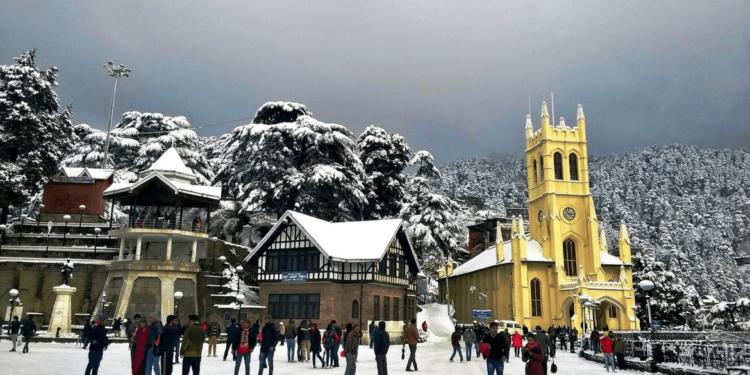In the last few years, the disposable income of households has increased exponentially. This has given people the capacity to spend on leisure activities like traveling and shopping. Pilgrimage was tourism industry’s prime moving force for years but leisure traveling is a more recent phenomena. In 2018, Indian people spent $94 billion (almost equal to GDP of Delhi) on around 2 billion trips. This translates into 2 trips per year per person and Rs 5,000 per person per year on traveling. According to the report titled ‘How Does India Travel’, tourism is one of the fastest growing industries with 13 percent Compound Annual Growth Rate (CAGR).
The transportation registered 12 percent growth while lodging and consumption grew at 13 percent. The online ticket booking has grown at an explosive rate of 25 percent and expected to grow at 35 percent in 2021. As per the report, tourism will be 136 billion dollar industry by 2021.
The tourism industry is still in a very nascent stage in India. Despite the enormous potential offered by the landscape of the country, the potential of tourism has hardly been tapped into. Many people in the villages of India spend their entire lifetime in the same district or state and never venture beyond that to traverse the beautiful places in this great country. However, the new generation is very enthusiastic about exploring the beauty and adventures that this country provides.
The World Travel & Tourism Council expects the Indian tourism industry to become the fourth-largest behind China, the U.S and Germany in less than 10 years. The number of international tourists visiting the country has been growing exponentially with more than 10 million international tourists having visited the country in 2017. But the real growth is coming from the resurgent domestic tourists who account for more than 90 percent of total travelers.
Indian landscape is among the most beautiful and diverse in the world. From the beautiful valleys in the north to the famous backwaters of Kerala in the south, Rann of Kutch in the west to lush green hilly forests in the northeast, India has enormous potential for the tourism and hospitality industry. From the employment perspective, it is one of the most underexploited sectors, and according to estimates, the tourism and hospitality industry has more than 4 crore jobs.
As of August 2017, India has 36 World Heritage Sites that are recognized by UNESCO. These are places of cultural or natural importance as described in the UNESCO World Heritage Convention of 1972. The political boundaries of India encompass a wide range of eco-zones—desert, high mountains, highlands, tropical and temperate forests, swamplands, plains, grasslands, areas surrounding rivers, as well as archipelagos. It is among world’s most bio diverse regions, with three of the most distinguished regions for tourism in India being the Western Ghats, Himalayas and Andaman Islands.
Tourism industry is not confined to only leisure and recreation, there are also fields like environmental tourism, cultural tourism, health tourism etc. India has a lot of potential, particularly in the field of medical tourism, and many people from Gulf countries, Australia, New Zealand and Iran visit India to get treated from serious diseases because medical facilities are cheaper in this country. Similarly, Indians living throughout the world visit India regularly because India has the privilege of being the land of pilgrimage sites of many religions. Many people from Asian countries like Japan. Myanmar, Sri Lanka come India to visit holy Buddhist sites located here.































